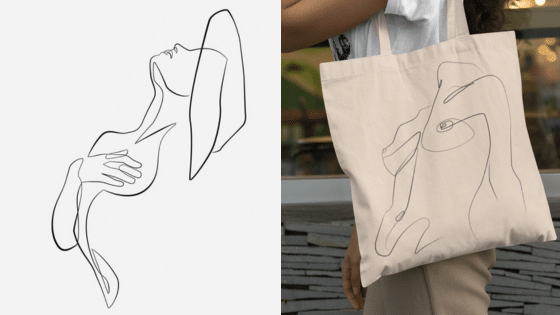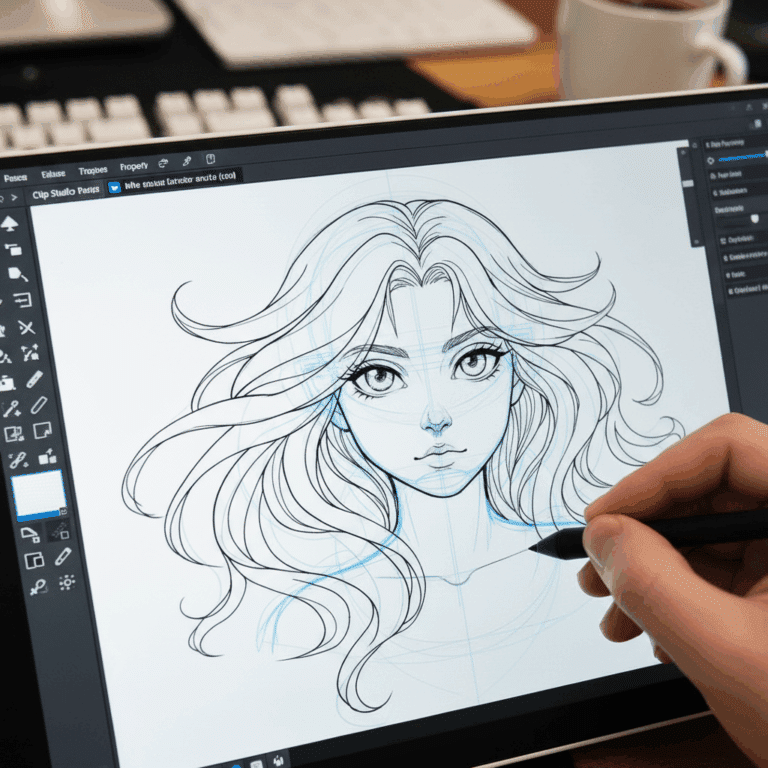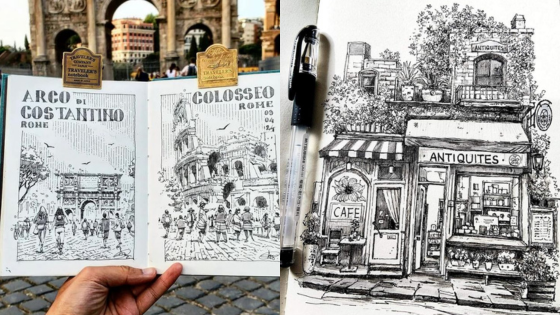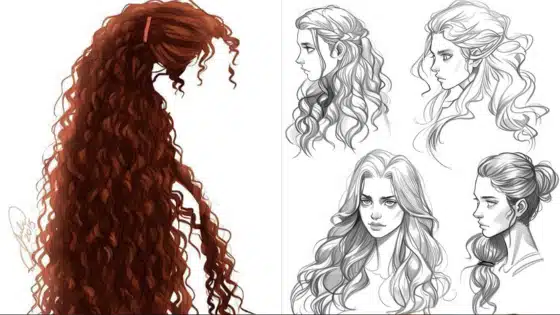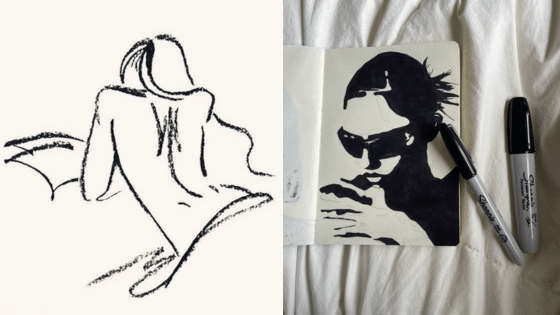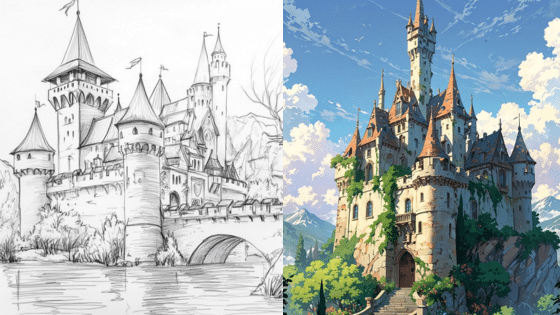Minimalist fashion continues to shape style in 2025 with clean lines, neutral tones, and simple designs that focus on quality over quantity. A minimalist fashion line sketch for 2025 highlights timeless pieces that are both elegant and practical, perfect for those who want a wardrobe that feels fresh but never overdone.
The key to creating a minimalist fashion line sketch for 2025 is focusing on effortless elegance and versatile silhouettes that fit modern lifestyles. These designs emphasize refined shapes and subtle details that help build a wardrobe full of classics, rather than trends that quickly fade.
By embracing these 2025 minimalist trends, designers can create collections that feel modern yet timeless. This approach makes it easier to develop pieces that work well together and adapt across seasons, appealing to people who value simplicity and style.
Sketching Minimalist Fashion Lines
Creating minimalist fashion sketches focuses on clean, simple outlines that show shape and flow without extra detail. Artists need the right approach and tools to highlight the elegance of the design. Clear steps guide the process to build smooth, balanced silhouettes.
Essential Techniques for Creating Simple Outlines
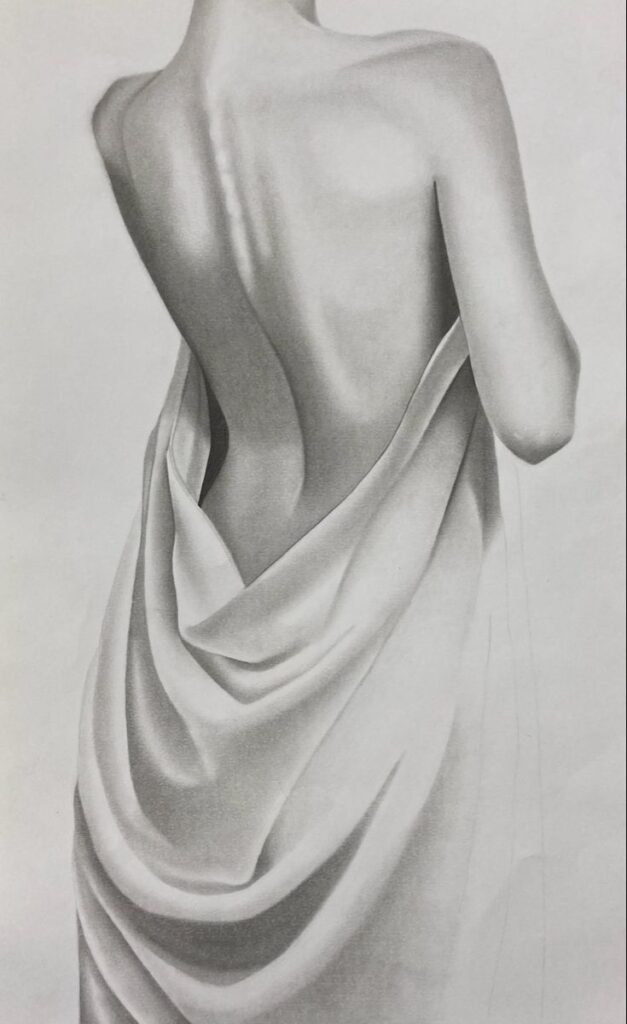
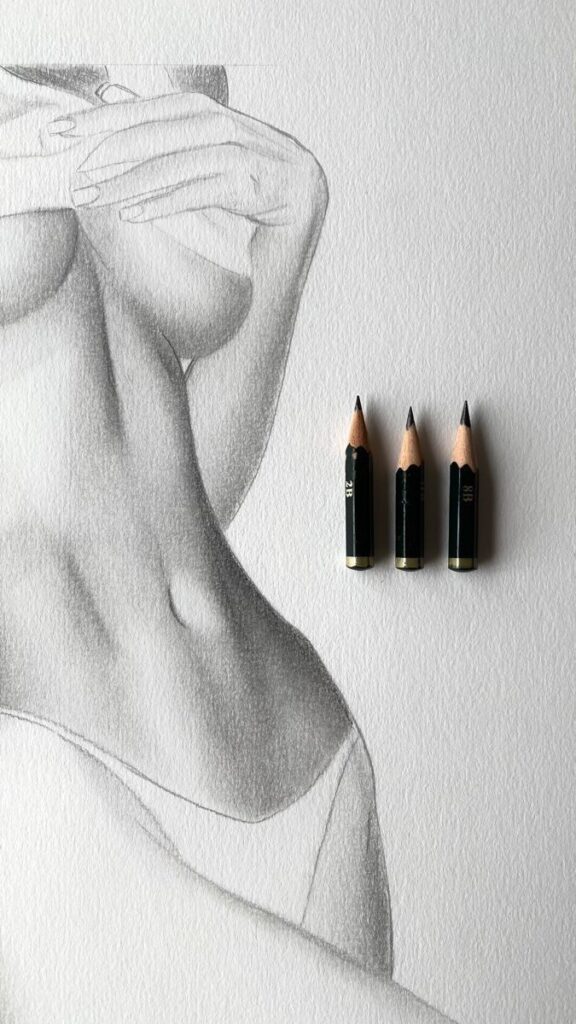
The sketch should start with light, confident strokes that capture the garment’s basic shape. Avoid overcrowding the sketch with details like texture or tiny decorations. Focus on smooth, fluid lines that suggest form.
Using continuous lines helps express movement and flow. Soft curves and straight edges show different parts of the garment, like waistlines or collars. Negative space—the empty areas around the figure—adds balance and clarity.
Proportions matter. The sketch should match natural body shapes to keep the design realistic. Emphasizing clean lines means removing anything unnecessary, so the eye rests on the silhouette.
Recommended Tools and Materials for Sketch Artists
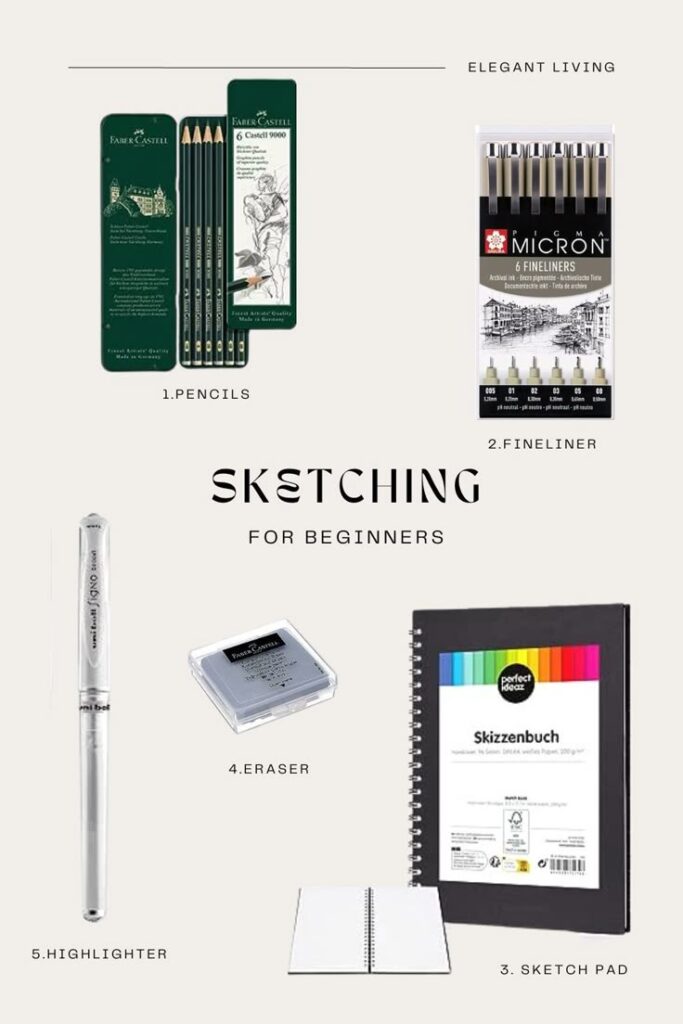

Simple tools are best for minimalist sketches. A fine-tipped pen, like a 0.5mm or 0.7mm, works well to create crisp, even lines. Mechanical pencils allow easy adjustments with light sketches before inking.
Using smooth, white paper helps lines stand out and prevents blotting. Some artists use marker paper for clean finishes, but basic sketch pads are fine too.
An eraser that does not damage paper is important for corrections. Rulers and French curves can assist with sharp edges and perfect curves but are optional when drawing freehand.
Step-by-Step Guide to Minimalist Silhouette Sketching
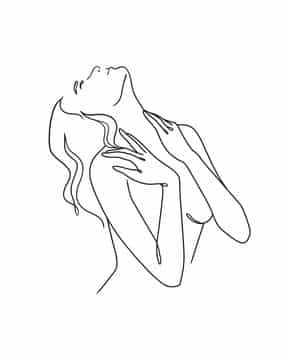
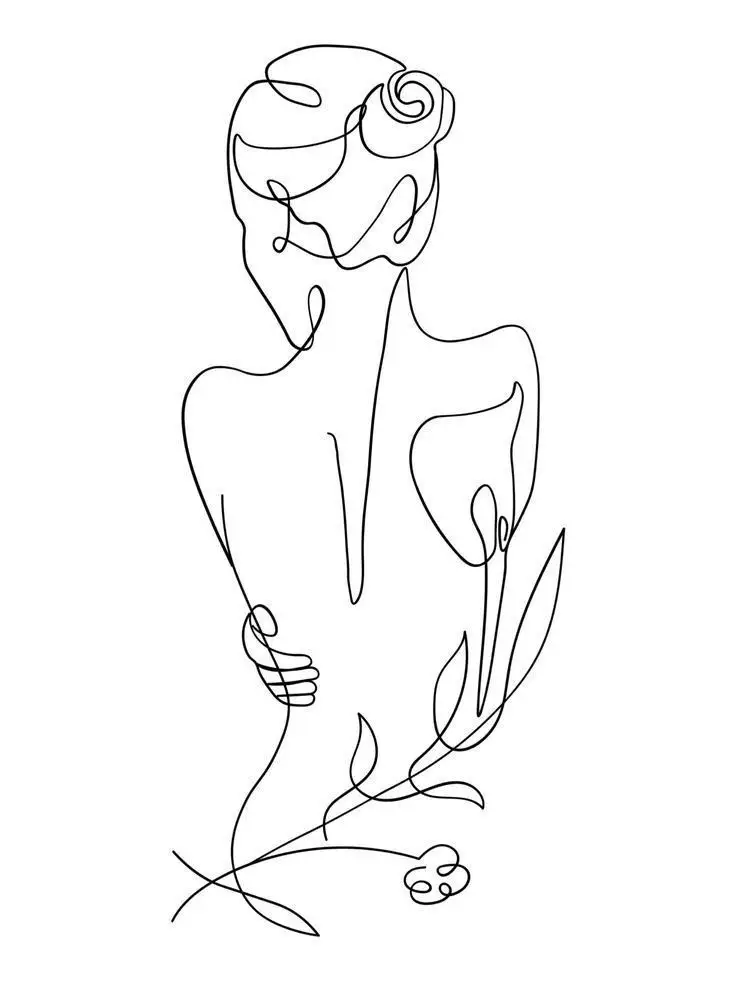
First, lightly outline the figure’s basic shape with a pencil. Focus on proportions and posture, keeping the pose simple.
Next, draw the garment’s main lines over the figure, concentrating on clean edges. Avoid adding extra details like patterns or textures.
Once happy with the lines, go over the sketch with a fine pen to make the outline bold and clear. Erase pencil marks carefully after the ink dries.
Finish by checking balance and flow. Adjust any uneven lines to keep the silhouette smooth and elegant. This method creates a minimalist look that highlights fashion design clearly.
2025 Minimalist Fashion Trends
Minimalist fashion in 2025 focuses on clean and simple designs using a soft, natural color palette. It combines modern fabrics that feel good and look sharp with shapes that are both practical and stylish. These trends work together to create looks that are easy to wear but still feel fresh and modern.
Color Palettes Defining 2025 Minimalism
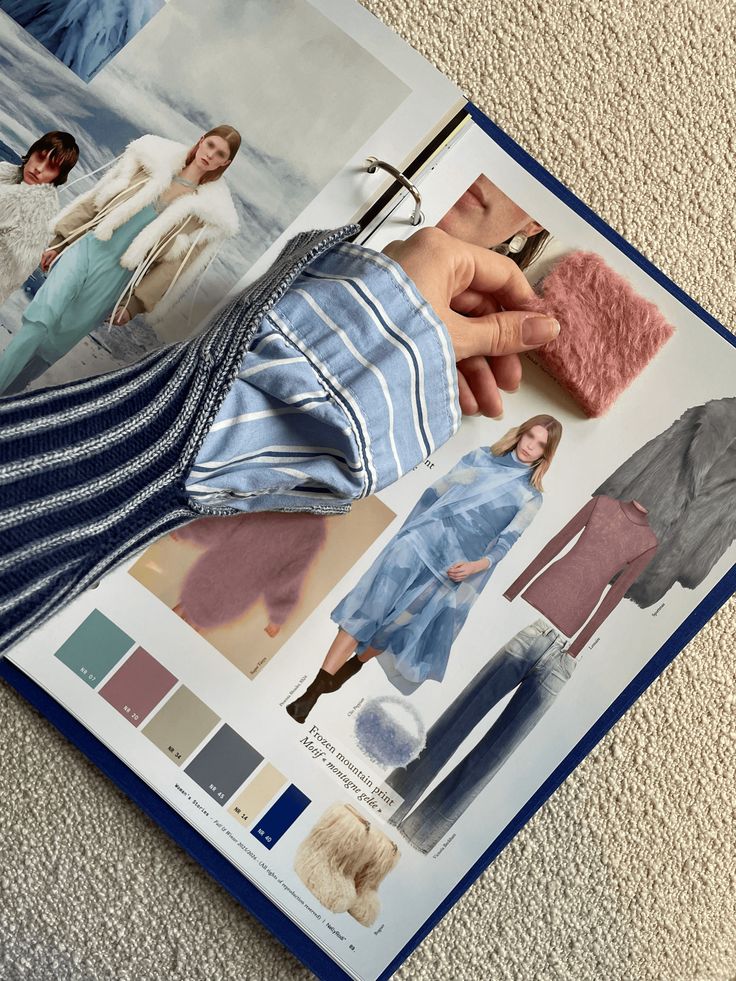
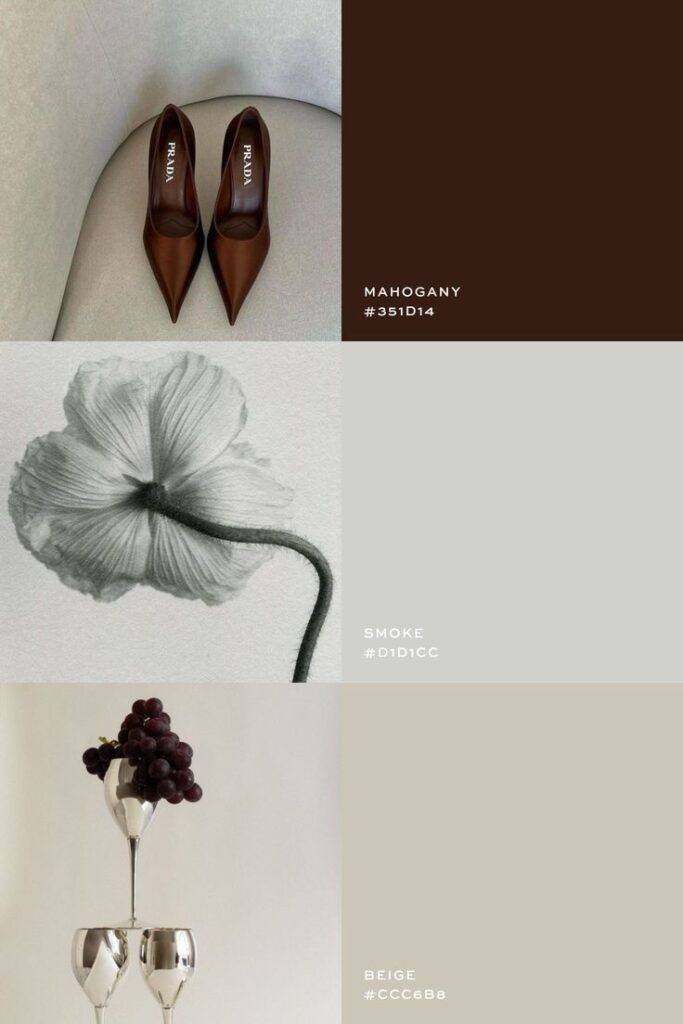
The colors for minimalist fashion in 2025 lean heavily on neutral and earthy tones. Shades like soft beige, warm taupe, and muted gray form the base. These are often paired with subtle accents like pale olive, dusty rose, or soft cream to add depth without overwhelming the outfit.
Using these calming colors allows the design to stay focused on style and form. The idea is to keep the color choices simple so they can mix and match easily. This makes it easier to build a versatile wardrobe with timeless appeal.
Modern Fabrics and Textures to Sketch

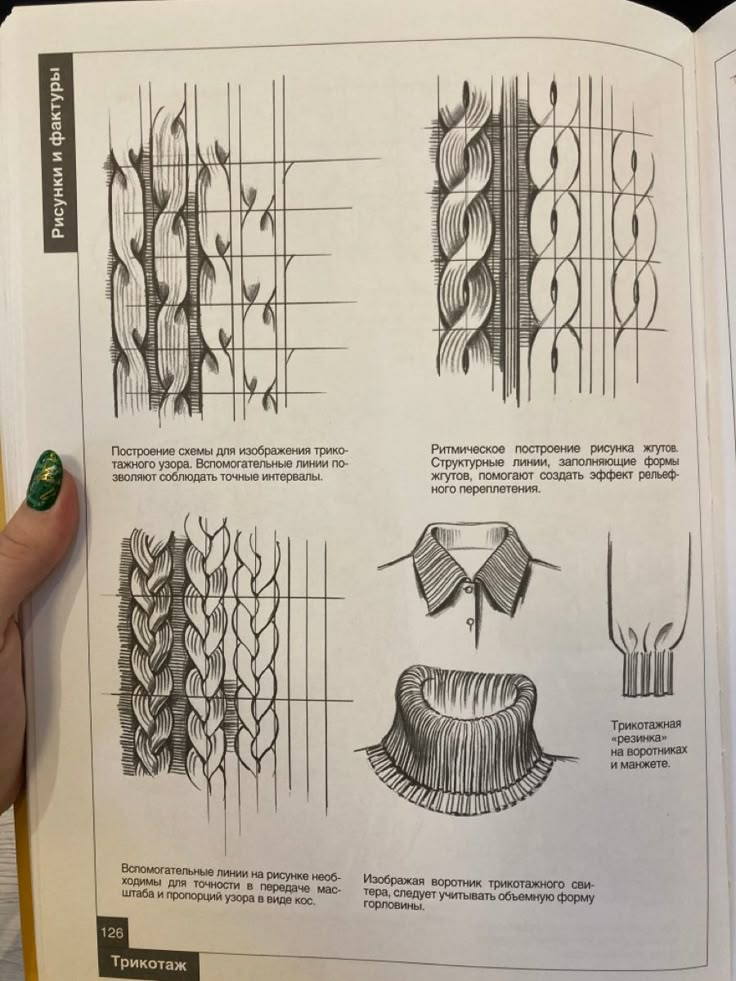
Minimalist designs this year prefer natural and sustainable fabrics. Materials like organic cotton, linen, and recycled wool offer both comfort and eco-friendliness. These fabrics often have a matte finish, avoiding shiny or flashy looks.
Texture is kept subtle but important. Think soft knits, lightweight wovens, and smooth, tightly woven surfaces. Combining these textures adds interest without cluttering the design. This balance helps maintain a clean, elegant look.
Contemporary Shapes and Proportions to Highlight
2025 favors shapes that balance comfort with structure. Loose, relaxed fits give ease of movement. Clothing like wide-leg trousers, oversized shirts, and boxy tops are popular choices.
At the same time, pieces often have sharp, clean lines with thoughtful details like darts or pleats to keep the silhouette defined. The goal is harmony between flow and form, creating looks that feel both modern and timeless.
Incorporating Trends into Fashion Line Sketches
Minimalist fashion line sketches need clear focus on shapes, lines, and details. Designers should take inspiration from the runway but keep their sketches simple and clean. At the same time, they must find a balance between fresh trends and classic styles to make sketches both trendy and lasting. Key features like silhouette, texture, and unique details help bring out each trend clearly.
Translating Runway Inspiration to Minimalist Designs
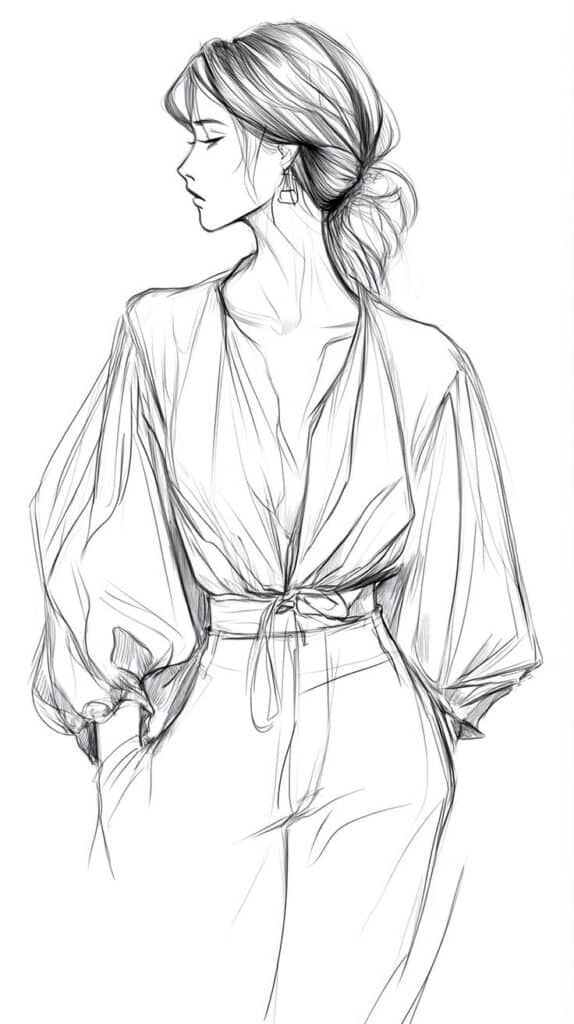
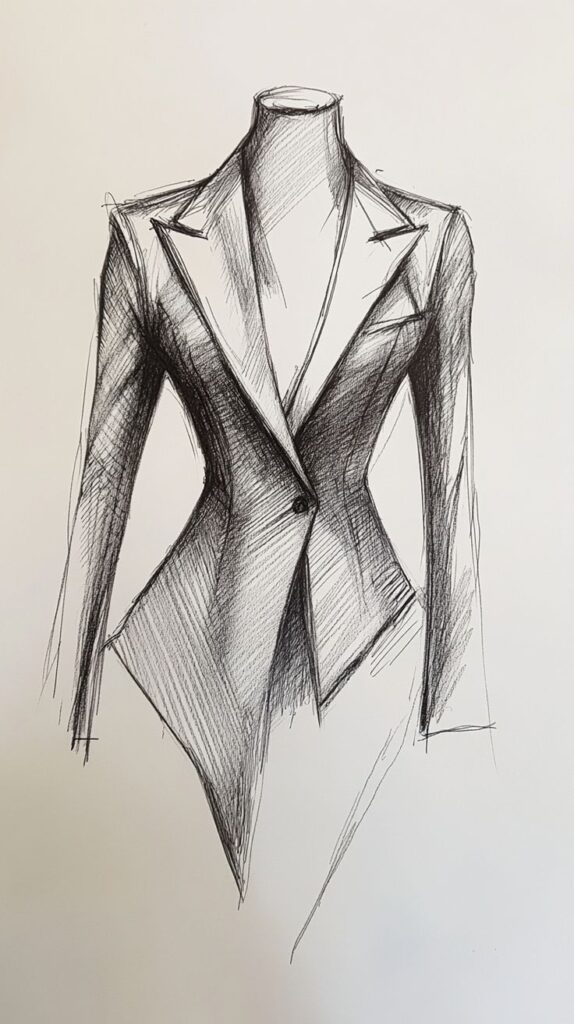
Designers study runway shows to find shapes, colors, and details that stand out. For minimalist sketches, it’s important to pick the most essential parts. They focus on clean lines and avoid clutter.
For example, if a runway features oversized sleeves or sharp collars, these are simplified into basic forms. Designers keep the main idea but use fewer lines and no extra decoration. This way, sketches show the trend’s core identity without losing elegance.
Using geometric shapes and smooth curves works well to represent bold ideas. The sketch stays readable and stylish, which is key for minimalist drawing.
Balancing Trendiness and Timelessness
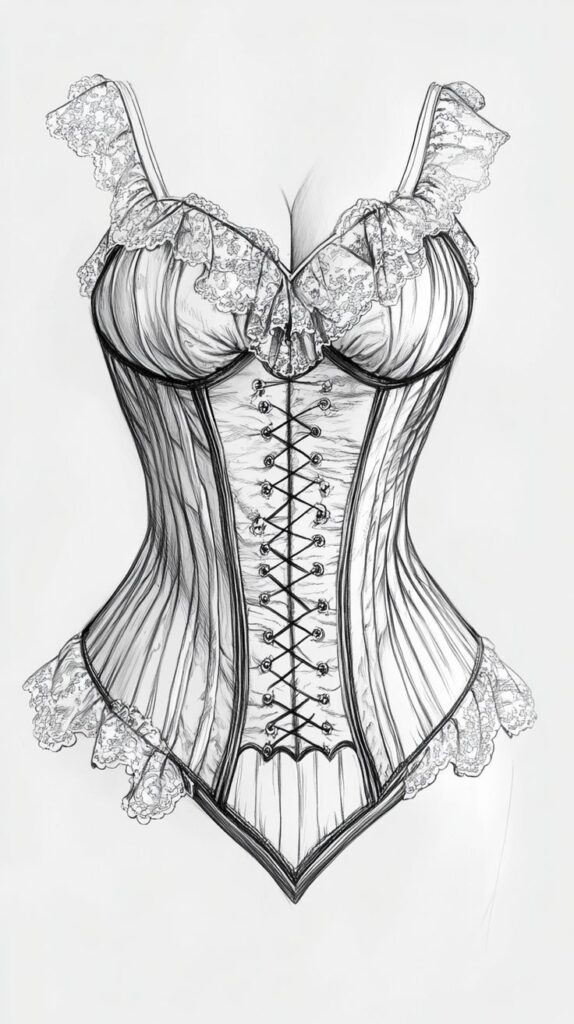
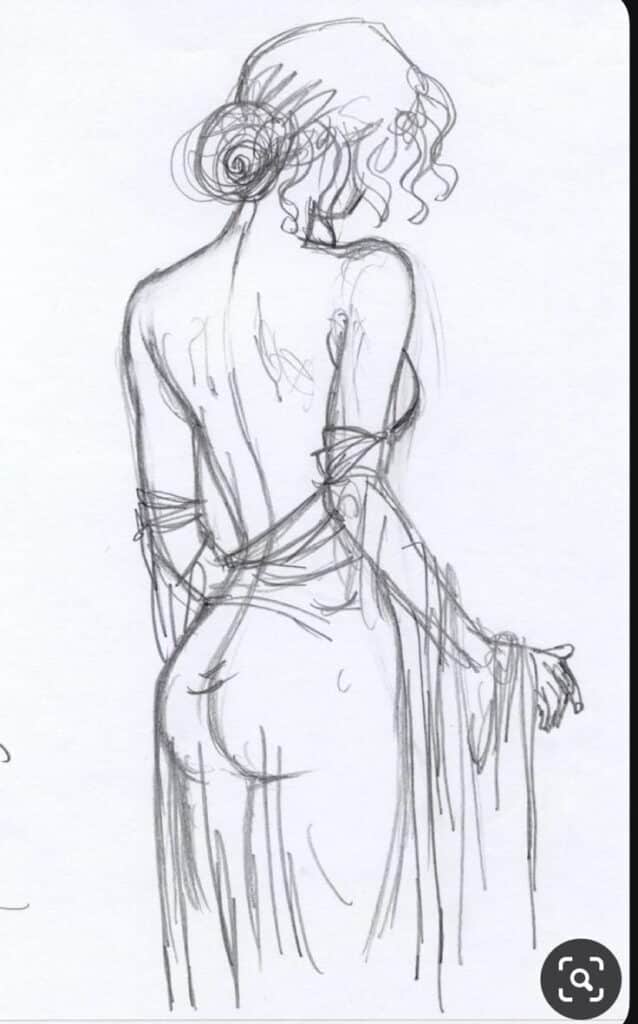
A good sketch mixes what’s popular now with classic elements that last. Designers avoid making sketches too busy or tied only to a specific season. This helps the design stay relevant longer.
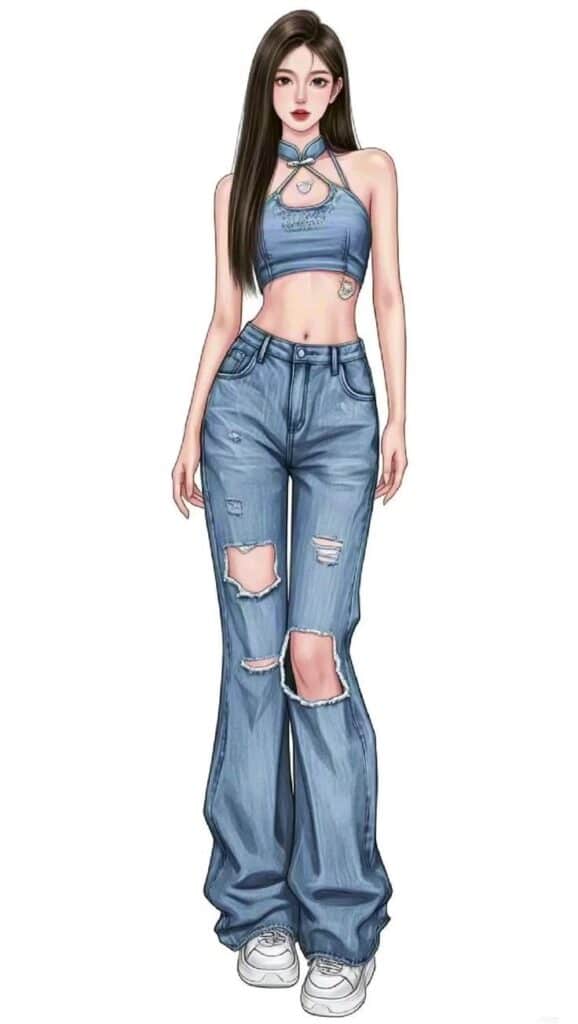
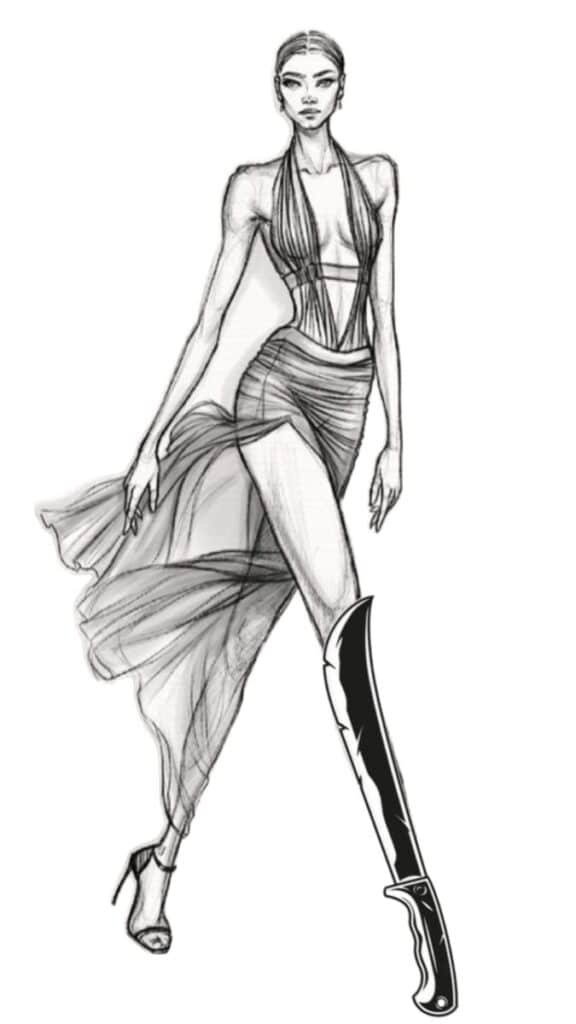
They often combine current trends like exaggerated proportions or color blocking with simple, stable shapes. The goal is to catch the eye but not overwhelm it.
Keeping the sketch focused on the basic silhouette and essential details makes it easy to update later. This balance ensures the design strategy works both for today’s fashion and beyond.
Key Elements to Emphasize in Each Sketch
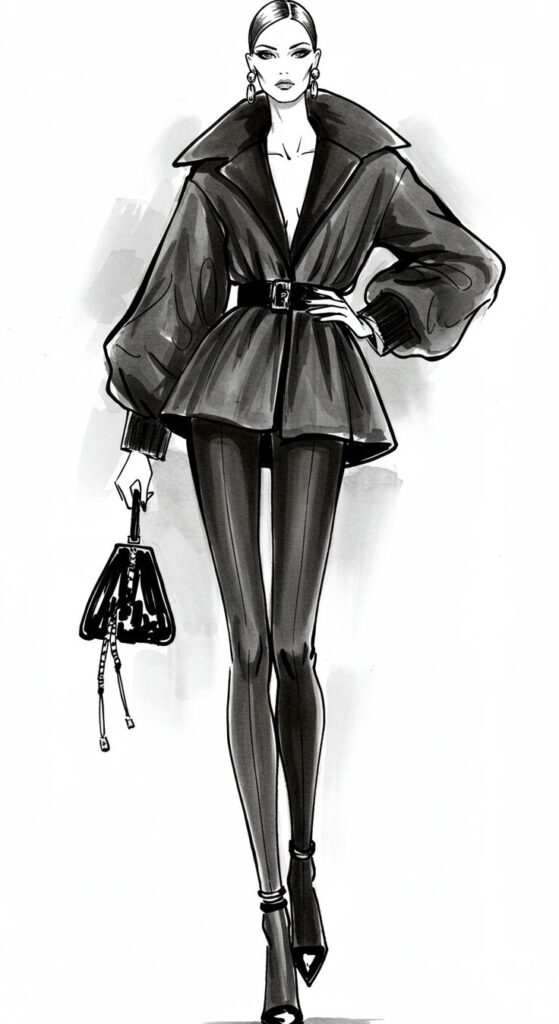
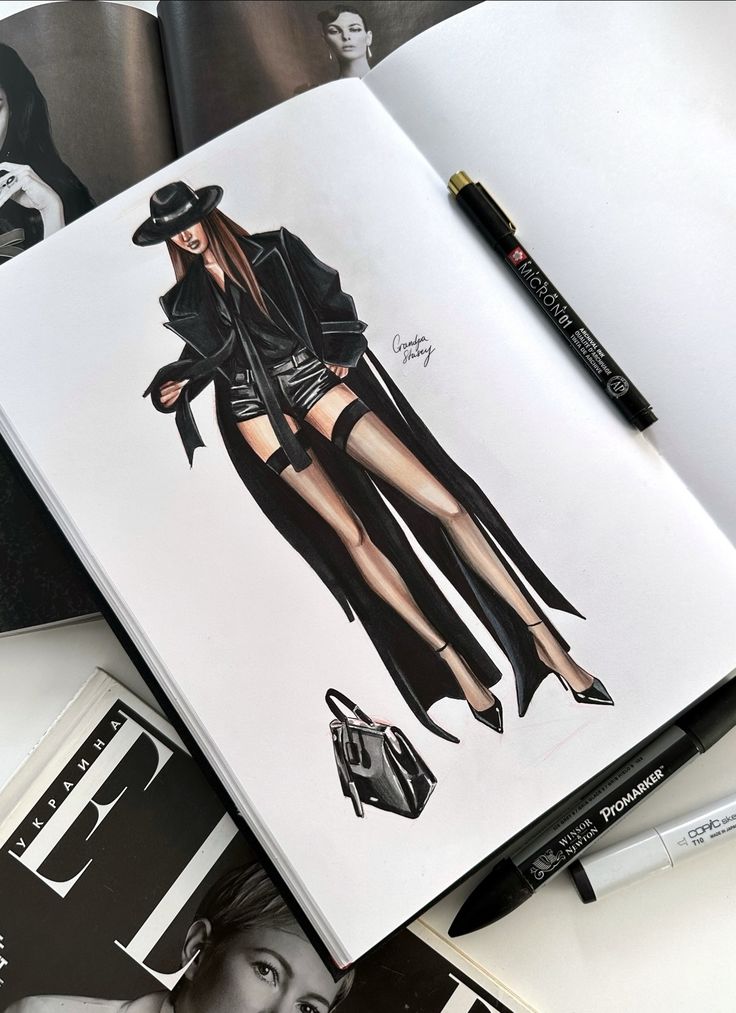
In minimalist fashion line sketches, silhouette, line quality, and details are crucial.
- Silhouette: The overall shape defines the design and should be clear with strong but simple lines.
- Line Quality: Smooth, confident strokes help keep sketches clean and easy to understand.
- Details: Focus on adding unique touches like collars, cuffs, or seam lines that highlight the design trend.
Using different line weights can show depth or texture without adding clutter. Designers also use negative space wisely to make the design stand out on the page.
These elements help sketches communicate trend ideas clearly while staying minimal and elegant.
Composition and Layout Tips
Good composition helps minimalist fashion sketches look clean and balanced. Thoughtful layout makes the designs easy to follow and highlights key details. Proper arrangement and spacing also improve how sketches are seen by others.
Arranging Looks for Maximum Visual Impact
The best way to arrange looks is by grouping similar styles or themes together. For example, putting simple silhouettes on one page and more detailed pieces on another helps viewers understand the collection easily.
Using a grid can keep sketches aligned and tidy. Placing the main design in the center with smaller details around it draws attention effectively.
It’s important to balance the size of sketches. Large central figures paired with smaller supporting sketches create focus without crowding the page. This approach guides the eye and emphasizes the strongest pieces.
Effective Use of Negative Space
Negative space, or empty areas around sketches, prevents designs from feeling cramped. It gives each sketch room to stand out.
Minimalist fashion uses negative space to keep the drawing clear and breathable. Designers should leave consistent margins and spacing between sketches.
Too little space can make the page feel busy. Too much can break the flow. Finding a middle ground helps the sketch feel organized and elegant.
Organizing Sketches for Portfolio Presentation
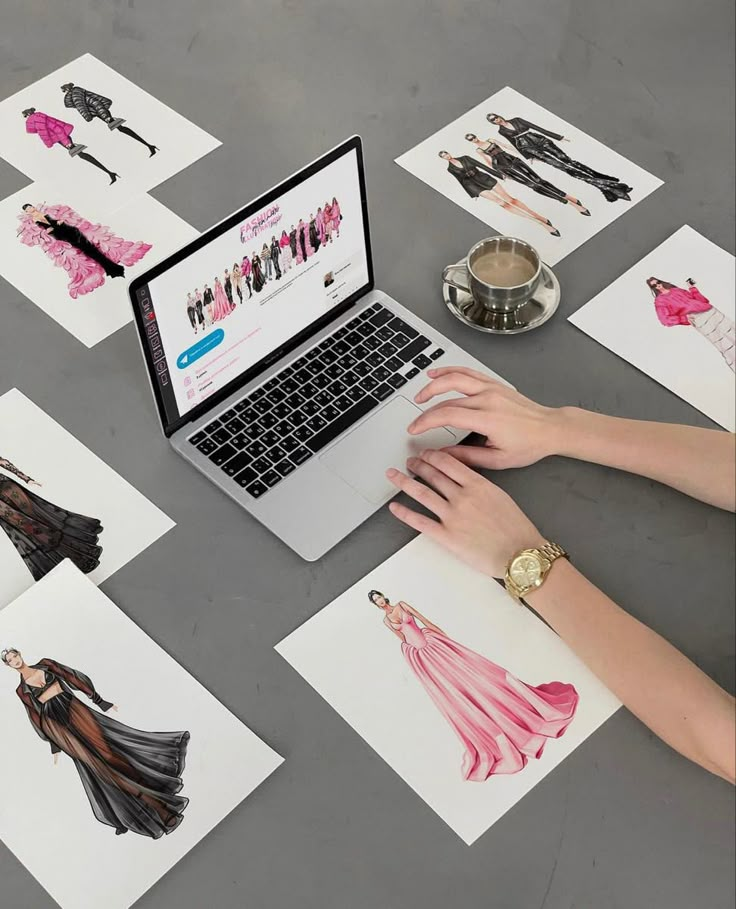
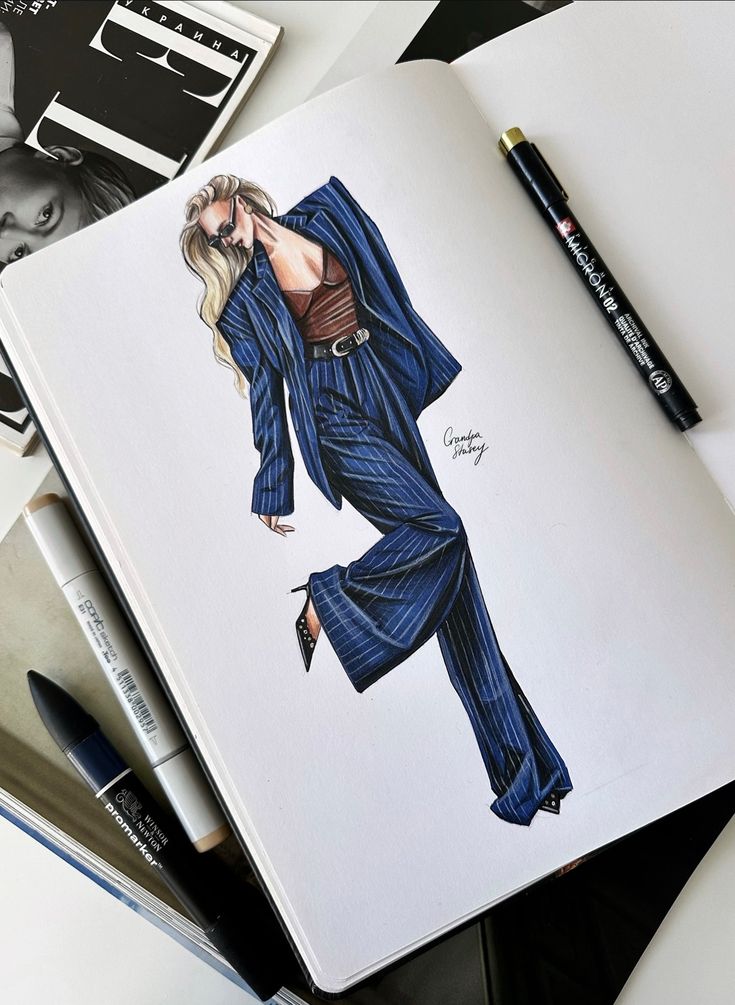
Portfolio layout should be simple but polished. Group sketches by style, season, or theme to show thoughtful planning.
Label each look with essential information: fabric choice, color palette, and key design features. This helps the viewer quickly understand your vision.
Using a clean font and consistent spacing between pages keeps the portfolio professional. Adding a mix of full-figure sketches and detail close-ups gives a complete picture of the design.
Adding Personal Style to Minimalist Sketches
Minimalist fashion sketches often emphasize simplicity, but adding subtle personal touches makes each design unique. This balance helps maintain clean lines while reflecting individual creativity through small but meaningful choices.
Signature Flourishes Without Overcomplicating
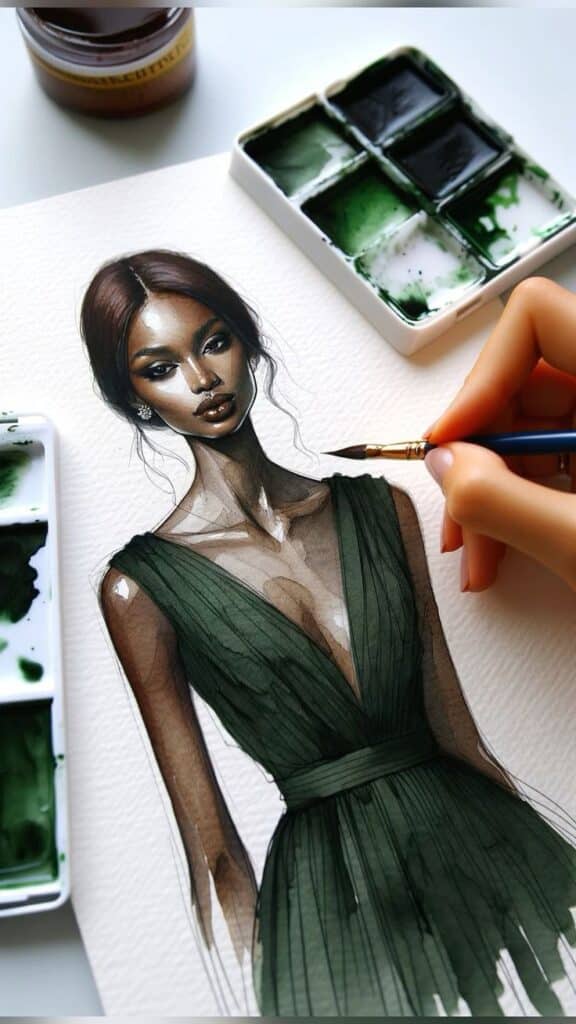
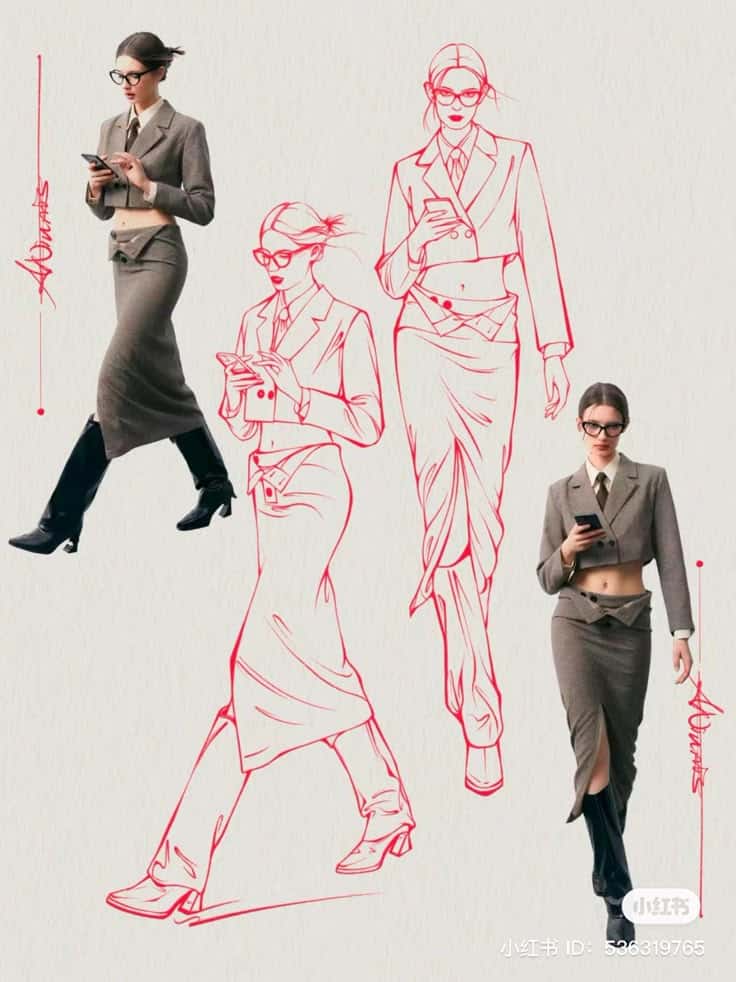
He or she can add personality by focusing on small details that do not crowd the overall design. These might include a gentle curve in a sleeve, a unique collar shape, or a slight variation in hemline.
Using thin, confident strokes emphasizes these features without making the sketch busy. The goal is to let the minimalist style shine while signaling something special about the garment.
Color choices can also play a minimal but strong role—such as a single bold line or a shaded area that draws attention. These touches act like a signature on a simple canvas.
Experimenting with Unique Details
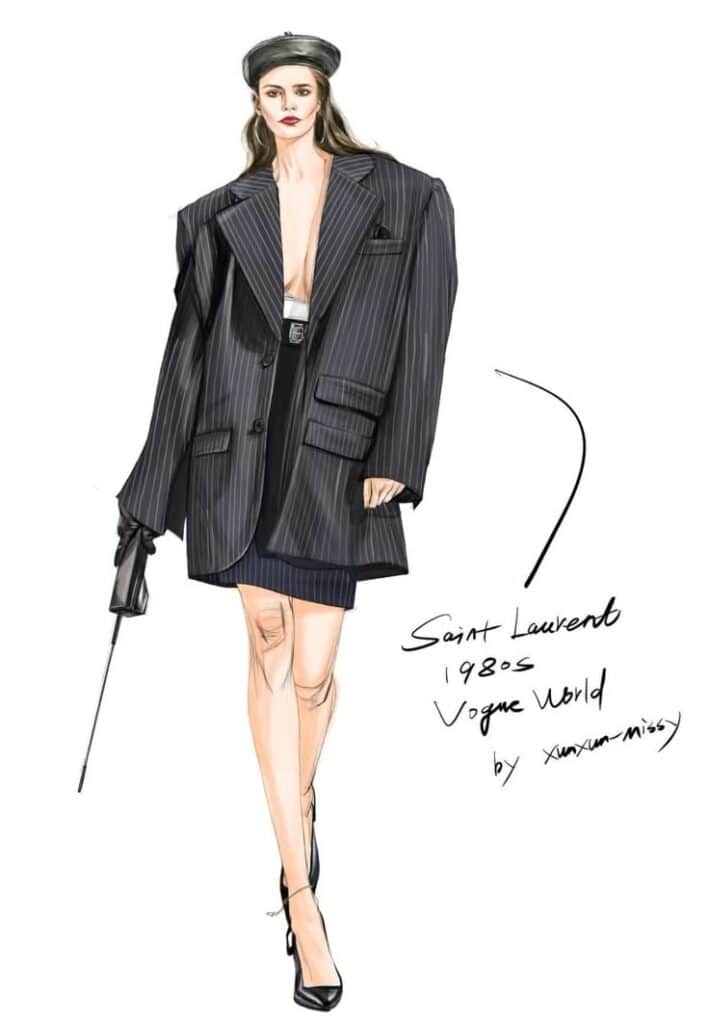
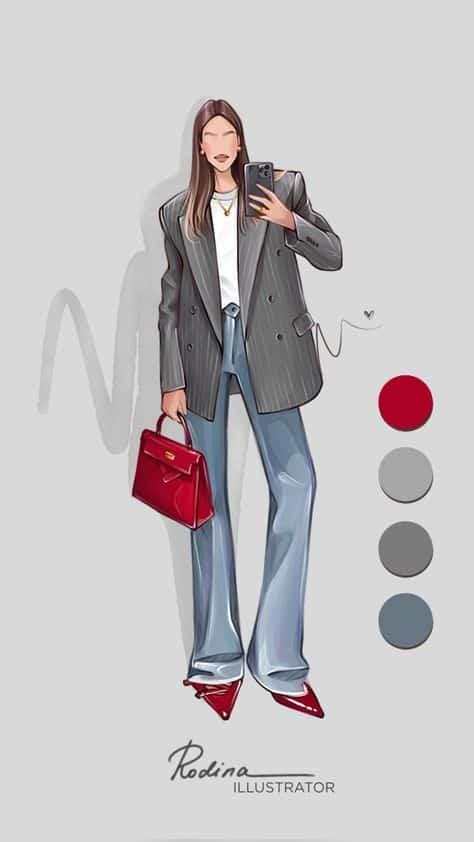
Experimenting means trying small changes that stand out but stay true to minimalism. This might include subtle texturing, like dots or dashed lines, to suggest fabric or pattern without overloading the sketch.
Designers might explore negative space, creating shapes by leaving parts blank rather than drawing every detail. This can highlight form and fit in fresh ways.
Unusual but simple accessories, like a slim belt or a minimalistic pocket, also add interest. These details help express personal style while keeping sketches clean and elegant.
Digital Versus Traditional Sketching
Minimalist fashion sketches can be made using two main methods: digital and traditional. Each has different strengths that suit various styles and needs in 2025’s fashion trends.
Traditional sketching uses pencils, pens, and paper. It offers a hands-on, artistic feel that some designers enjoy. The texture and flow of traditional tools help capture the simplicity and clean lines of minimalist design. However, changes or corrections can take more time since sketches often must be redone or heavily altered by hand.
Digital sketching uses software and tablets. It allows for faster edits and easier adjustments. Designers can switch colors, resize shapes, and try new ideas quickly without starting over. Digital tools also enable sharing and collaboration in real-time, which is useful for fast-paced fashion projects.
Here’s a simple comparison:
| Feature | Traditional Sketching | Digital Sketching |
|---|---|---|
| Experience | Hands-on, tactile | Efficient, flexible |
| Editing | Time-consuming | Quick and easy |
| Collaboration | Limited | Real-time, remote-friendly |
| Tools | Pencils, markers, paper | Tablets, stylus, software |
Digital sketching fits well with 2025’s focus on speed and sustainability. Traditional sketching remains valued for its authentic, personal touch. Many fashion designers combine both methods to best express minimalist ideas.
Finalizing and Showcasing Your Fashion Line Sketches
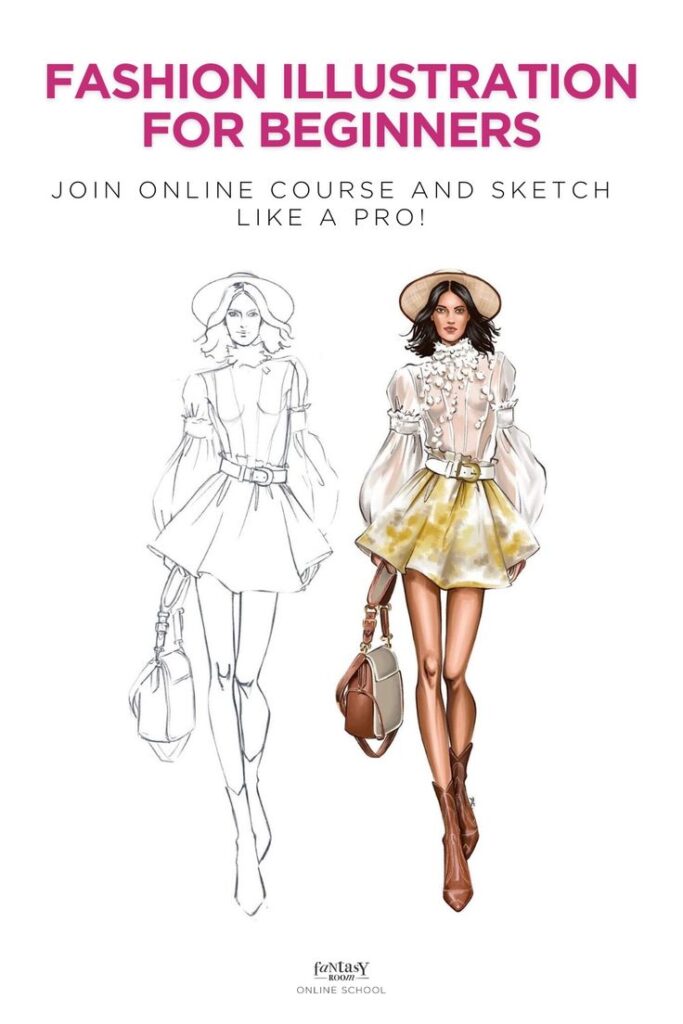
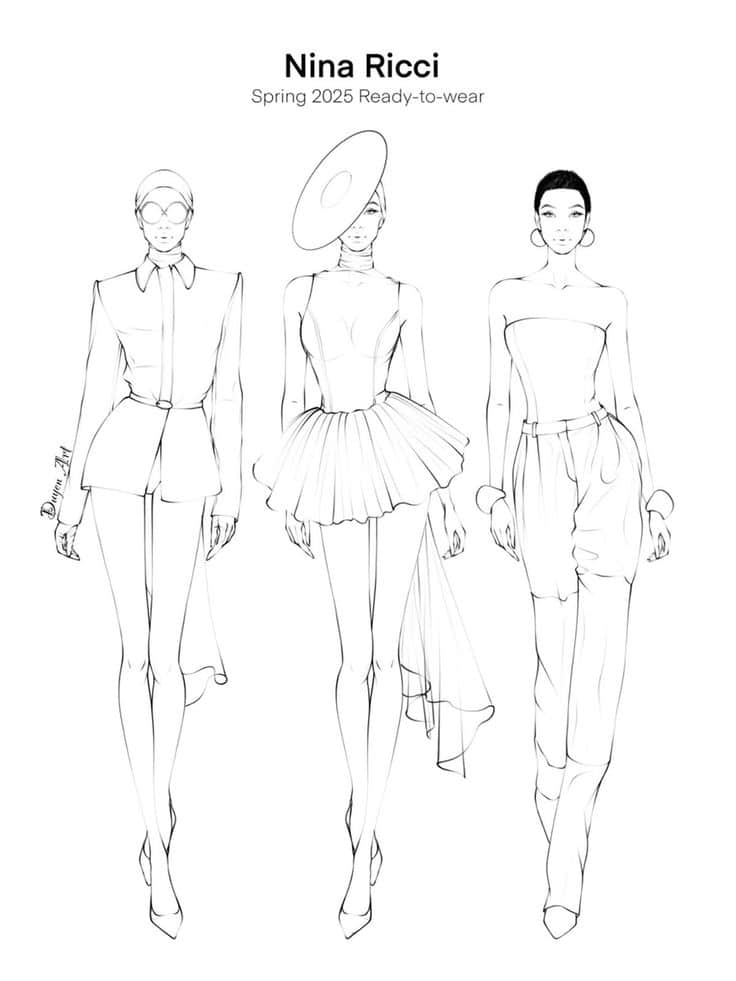
To finish a minimalist fashion sketch, clarity is key. The designer should clean up any rough lines and focus on simple, smooth shapes that highlight the design’s essence. Avoid unnecessary details that can distract from the main idea.
Using shading and texture sparingly can help show fabric types without cluttering the sketch. Light layering of pencil strokes or digital brushes works well to suggest material softness or stiffness.
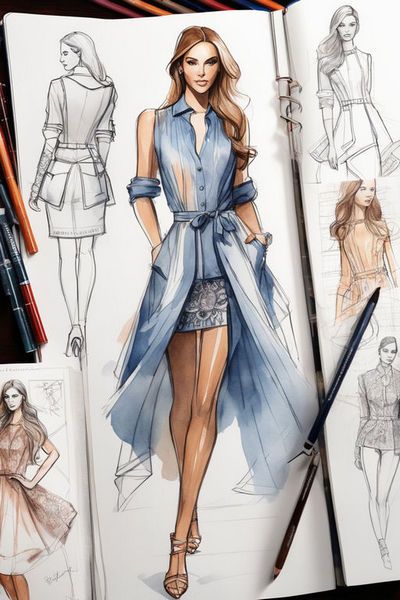
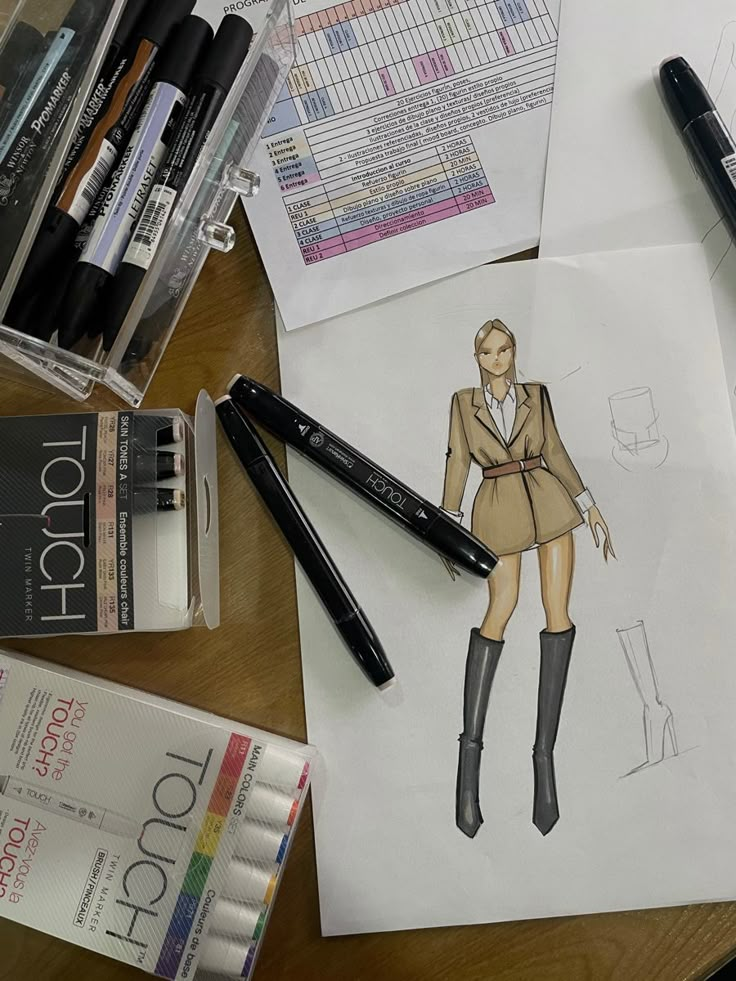
When preparing sketches to show others, organizing them into a clear, neat portfolio makes a big difference. Each sketch should be labeled with the garment name, fabric ideas, and any key color notes. This helps communicate the design clearly.
A simple list for showcasing sketches might include:
- Clean lines and minimal detail
- Fabric textures shown subtly
- Clear labels and notes
- Consistent model poses
Presenting the sketches digitally or printed on quality paper can make them look more professional. Some designers use mood boards alongside sketches to share inspiration and trend context.
Lastly, sharing sketches on platforms like Pinterest or Instagram helps designers connect with others and get feedback. Keeping the presentation clean and focused will show off the minimalist style and current 2025 trends effectively.
- 5.3Kshares
- Facebook0
- Pinterest5.3K
- Twitter0
- Reddit0








